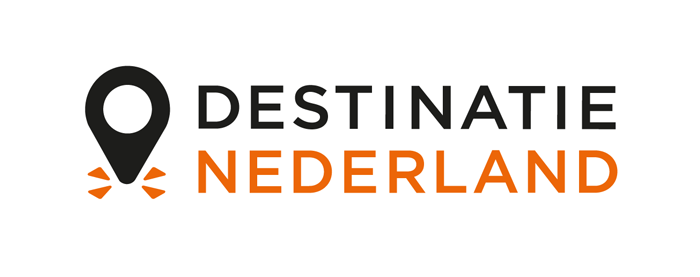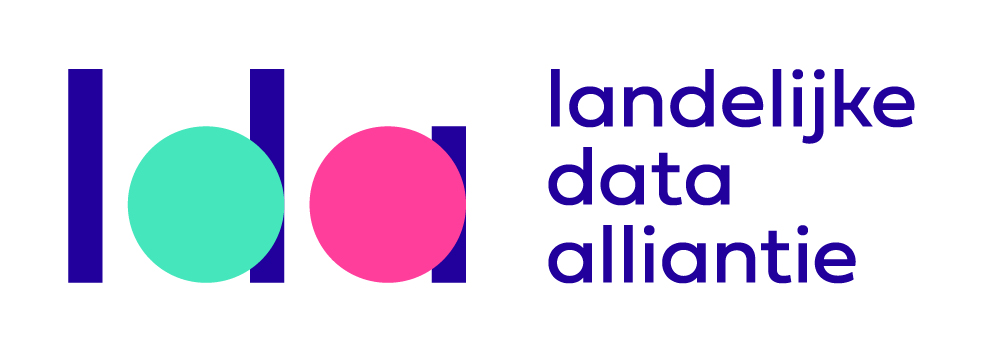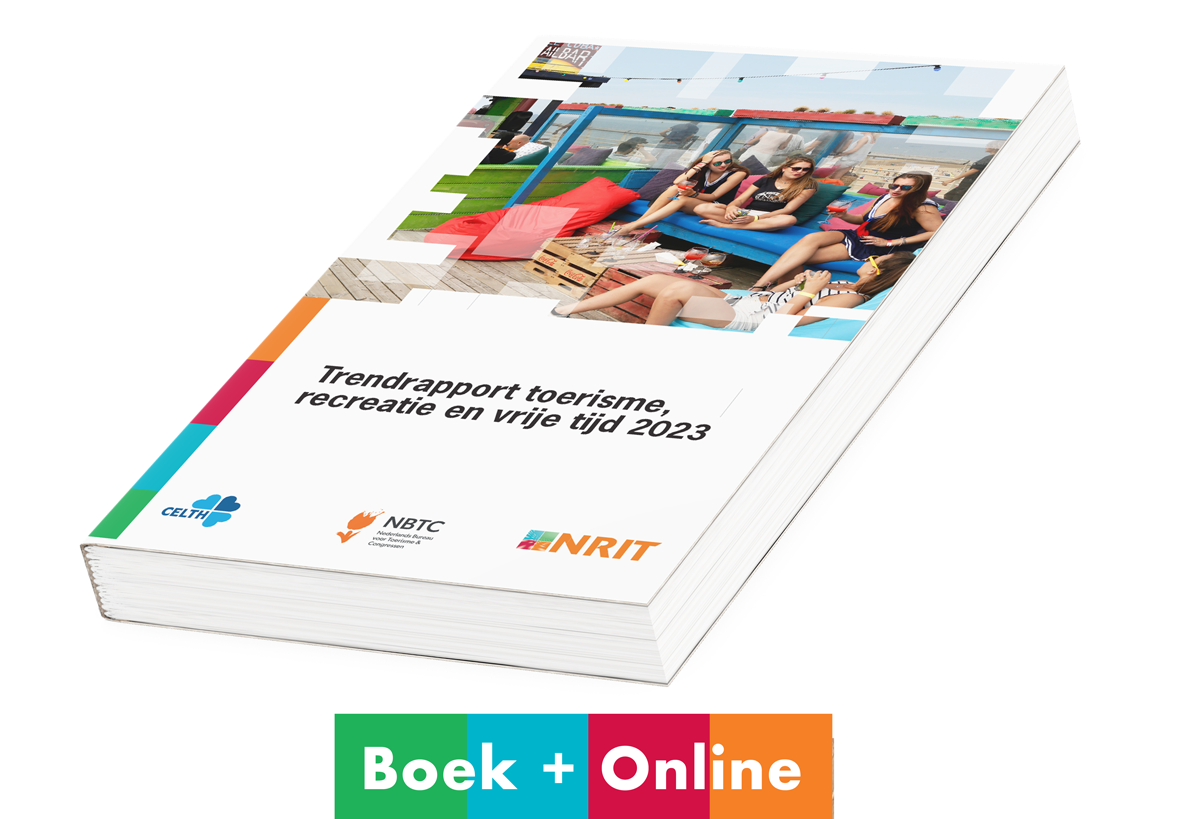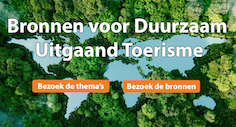Designing Cities For All
How can we create cities where everyone feels like they belong?

Design. What is the first word or image that comes into your mind? A flyer with flashy colours? Fashion? Or perhaps a futuristic building? What does it mean to design? Writer John Heskett mentions "Design, stripped to its essence, can be defined as the human nature to shape and make our environment in ways without precedent in nature, to service our needs and give meaning to our lives.” Whether you are thinking about a product or a space, the core of design is about giving meaning to our lives and fulfilling the needs of living beings. However, too often design does quite the opposite; due to lack of diversity in teams, unconscious bias, historical systems of oppression like colonisation, and institutional racism, many designers often remain unaware of the exclusionary repercussions of what they design and the way they design.
Jonathan Tjien Fooh is a Cultural Anthropologist, Storyteller, and Programme maker at Pakhuis de Zwijger, where he creates programmes related to designing inclusive, just and equitable cities.
In Designing Cities For All (DCFA), Pakhuis de Zwijger’s two year research and activity programme funded by the Creative Industries Fund NL, we take a critical look at the design field, redefine what it means to design, and question the role of designers in creating cities of belonging - cities of, for, and by everyone.
Cities of Belonging
The idea of Cities of Belonging is inspired by writer OluTimehin Kukoyi’s TEDx-talk Who Belongs in a City? In this TEDx talk, Kukoyi amplifies that ‘The only cities worth building, indeed the only futures worth dreaming of, are those that include all of us, no matter who we are or how we make homes for ourselves.’ While belonging can mean different things to different people, sociologist Yuval-Davis (2006) defines 'belonging' as a feeling of 'emotional attachment, feeling at home and feeling safe’. What does it mean to feel at home in a city when the infrastructure of the city does not recognise your existence?
Going slightly back in time, the highway to the Jones Beach State Park in New York designed by architect Robert Moses is a tangible example of belonging being disrupted. The viaducts, which were built from 1920 to 1970, which are only 2.70 meters high made it impossible for buses to get to the park. Buses which are mainly used by people who can't afford a car. Unfortunately, this applies to a majority of the Black population. This is an example of exclusionary design, which in this case is caused by oppressive systems like the Jim Crow laws and racial segregation. However, these waves of exclusion of the past flow into the present. The highways and viaducts still exist and cause social inequality, even today.
Designing for ‘the other’
The opposite of belonging is ‘othering’. To understand how to create cities of belonging, it is important to understand in which ways people feel excluded or alienated from society. The design of the Beach State Park in New York might feel far away, back in time. However, this white superiority thinking is also reflected in more contemporary examples.
Many designers often remain unaware of the exclusionary repercussions of what they design and the way they design.
A while ago a video went viral about a so-called 'racist' soap dispenser. Of course, the dispenser itself is not racist, and probably neither is the technology team behind it. Still, the dispensers’ design excludes a large part of the population. It uses an optical sensor, which responds when you slide your hand under it. Lots of sensors, however, mainly the slightly cheaper ones, have trouble registering dark skin, so when a Black person uses it, no soap comes out.
Soap dispensers might feel like a micro example of exclusion, but the same goes for sensors in fitness trackers and heart rate monitors, where exclusion can have much greater (health) consequences. This also painfully illustrates the lack of diversity in the tech industry and product design: if there had been a Black designer or engineer on the team, this may not have happened. These examples are just the tip of the iceberg, showing that the dominant narrative of design and design thinking is often rooted in systems of exclusion. Most designers, governments, or companies design for the middle, and not for the margins. When we as a society start designing for the people who are actually living with the failures of designed products, spaces, and systems, we might create and build stronger structures for everyone.

18 Perspectives on Designing Cities for All
Fueled by this sense of urgency for change, DCFA’s activities and research explore the flaws within design, by organising livecasts, workshops, expert meetings, book clubs, and exhibitions. Throughout these activities, we involve design experts, students, activists, artists and community leaders, and delve into the (re)design of cities of belonging, intending to ensure that everyone (including future generations) regardless of capacities, ethnicity, gender (identity), age, and cultural background has equitable access. After one year of DCFA we organized 32 programmes, 4 book clubs, and published the essay book 18 Perspectives on Designing Cities for All. This publication contains the main findings of 2021 and insights about inclusive design from contributors and DCFA advocates which span from the field of architecture, fashion design, artificial intelligence, transition design, education, UX design and social design, but also activists, community leaders, and researchers.
The book also lists 6 design principles for inclusive design, fueled by the programmes of the past year:
- Design is everywhere
- Design shapes our sense of belonging in this world
- There are flaws in these designs
- For every injustice in this world, there is an architecture built to sustain and perpetuate it
- Inclusion happens by design or not at all
- Everyone is a redesigner
Essay ‘The City of Archtivists’
Many of these design principles are reflected in the essay ‘The City of Archtivists’ by Nyasha Harper-Michon. Nyasha was also a speaker during one of the first DCFA programmes Breaking it Down: Designing. In her essay, Nyasha emphasizes that many of the inequalities and global challenges we face today are actually built into the way we design cities. In the concept of Architivism, Nyasha envisions a city for all, tying together concepts like sustainability, inclusivity and equity for all, including non-human beings. She coined the term ‘Archtivism’ to blend architecture and activism.
Yuval-Davis defines 'belonging' as a feeling of 'emotional attachment, feeling at home and feeling safe’.
‘Archtivism is about breaking down. Breaking down the status quo. Breaking down the industry’s walls and barriers. Breaking down the existing systems that govern the architecture profession and its stakeholders in order to build back better - towards a more inclusive, sustainable, and resilient future.’
Architivsm is also about creating a movement of a wide variety of perspectives and approaches within the field of architecture. In her essay, Nyasha identifies four types of Architivists to rebuild the city of tomorrow: Social Archtivism, Environmental Archtivism, Economic Archtivism, Technological Archtivism.
While each form contains important and unique qualities to redesign the city of tomorrow, Nyasha emphasizes that the key to Cities for All lies in combining all these different types. "The global challenges and injustices we face today are not isolated problems, they require us to think interdisciplinarily, bringing together citizens, policy makers, developers and designers who harness the spirit of Archtivism.”
While the design principles we explored in 2021 provide guidelines to think more inclusively about design and can be applied in any field, it is important to remember that inclusive design is a process, not an outcome. There is not just one method to practice designing cities for all. The DCFA programme will officially end in December 2022, however we perceive the entire programme as a living document, a continuous process of learning and unlearning - while searching for better design practices and vocabulary.
More info
Check dezwijger.nl/dcfa for more info or contact us at dcfa@dezwijger.nl. You can purchase the essay book ‘18 Perspectives on Designing Cities for All’ through the website.
Sources:
- www.dezwijger.nl/update/book-release-18-perspectives-on-designing-cities-for-all
- www.ted.com/talks/olutimehin_adegbeye_who_belongs_in_a_city
- Yuval-Davis, Nira. "Belonging and the politics of belonging.” Patterns of Prejudice 40, no.3 (2006): 197-214




































































